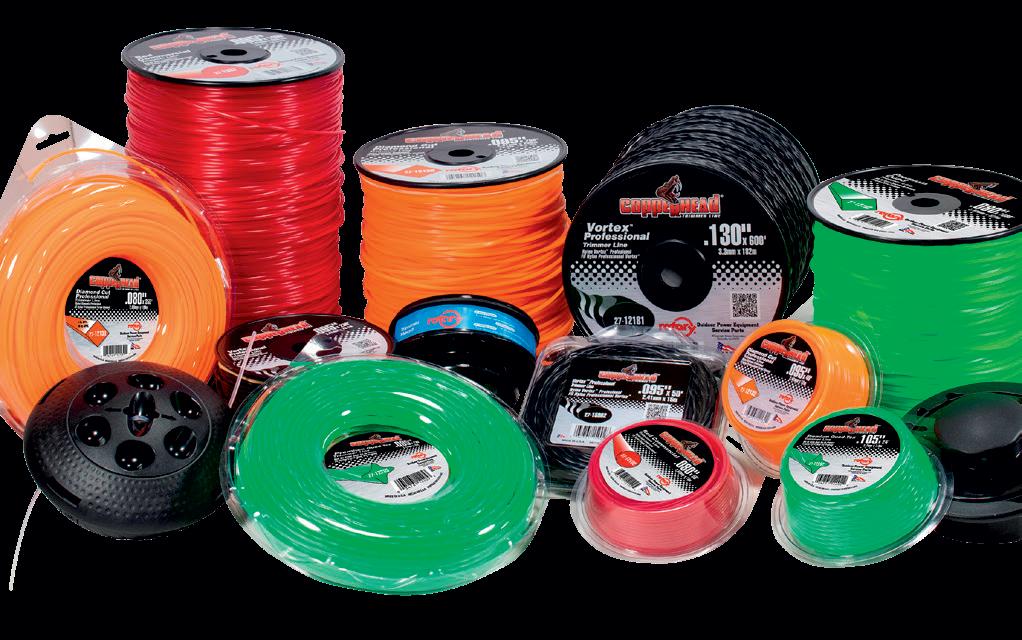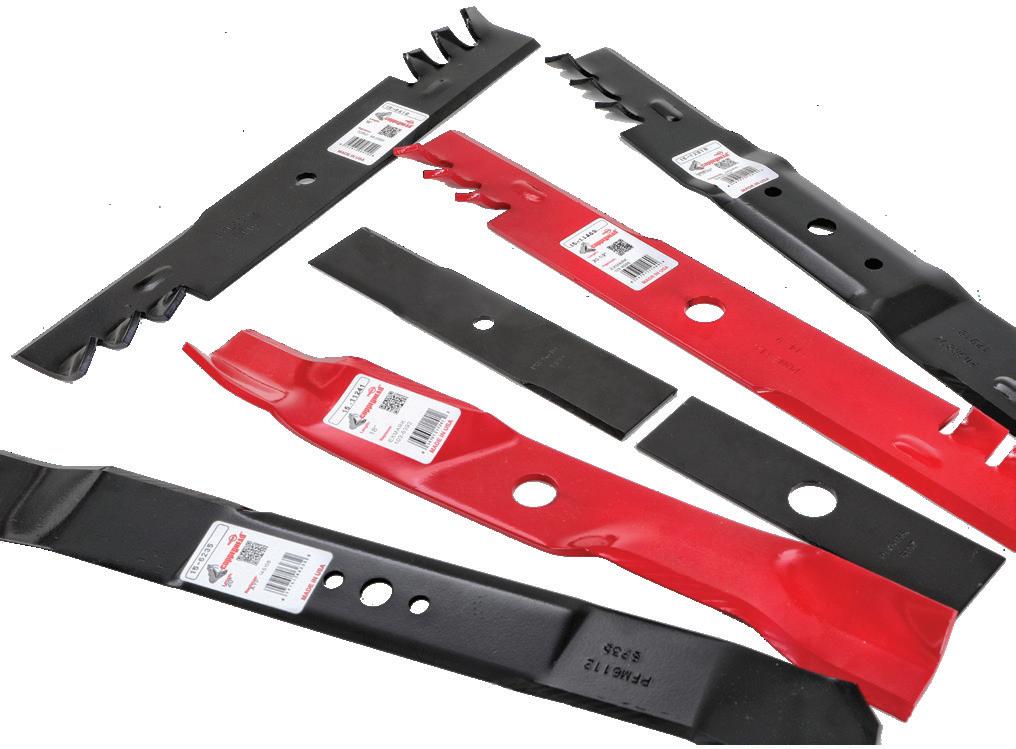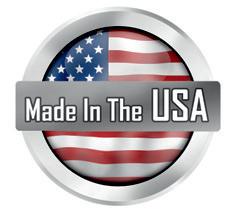
1 minute read
MOWING & MAINTENANCE
“Fashionable and aviator style glasses do not normally meet the standard and should not be used when protective eyewear is required,” Steel notes.
6. Account for decibel levels

Handheld equipment such as gas-powered chainsaws, trimmers and leaf blowers can expose landscape crews to excessive noise levels, otherwise known as decibels.

“With the knowledge that above 85 decibels of noise for a duration of eight hours or more, there is a strong possibility of hearing loss, hearing protection through the use of ear plugs or ear muffs is required,” Steel says.
Keep in mind that in order to reduce operator exposure, hearing protection should provide at least 20 decibels of protection. In other words, the hearing protection should have a noise reduction rating of at least 20 to 25 decibels. Steel says that manufacturers rate the noise levels in dB at 50 feet from the operating equipment.

Finally, Steel says it’s not enough for crews to have access to hearing protection—they must also be wearing it properly.
“There is a right and wrong way to insert ear plugs,” Steel says. “Make sure proper insertion methods are provided through training demonstrations to workers in need of hearing protection.”
7. Keep safety checks in place
When using equipment, it’s important that crews don’t disable safety features. Kiser points to the rollover protection systems on mowers as an example.
“Those safety devices are there for a reason,” Kiser says. “Don’t modify it, change it or remove it.”

8. Safely store energy sources
Whether equipment is powered by batteries or gas, landscape operators should be sure to properly store that power source. Kiser notes that companies should pay attention to safety recommendations on the conditions, temperature and humidity when it comes to storage.
“If you follow the manufacturer’s guidance, you just lengthen the life of the product, it’ll run better and more efficiently and it’s a safer product overall,” Kiser says.











